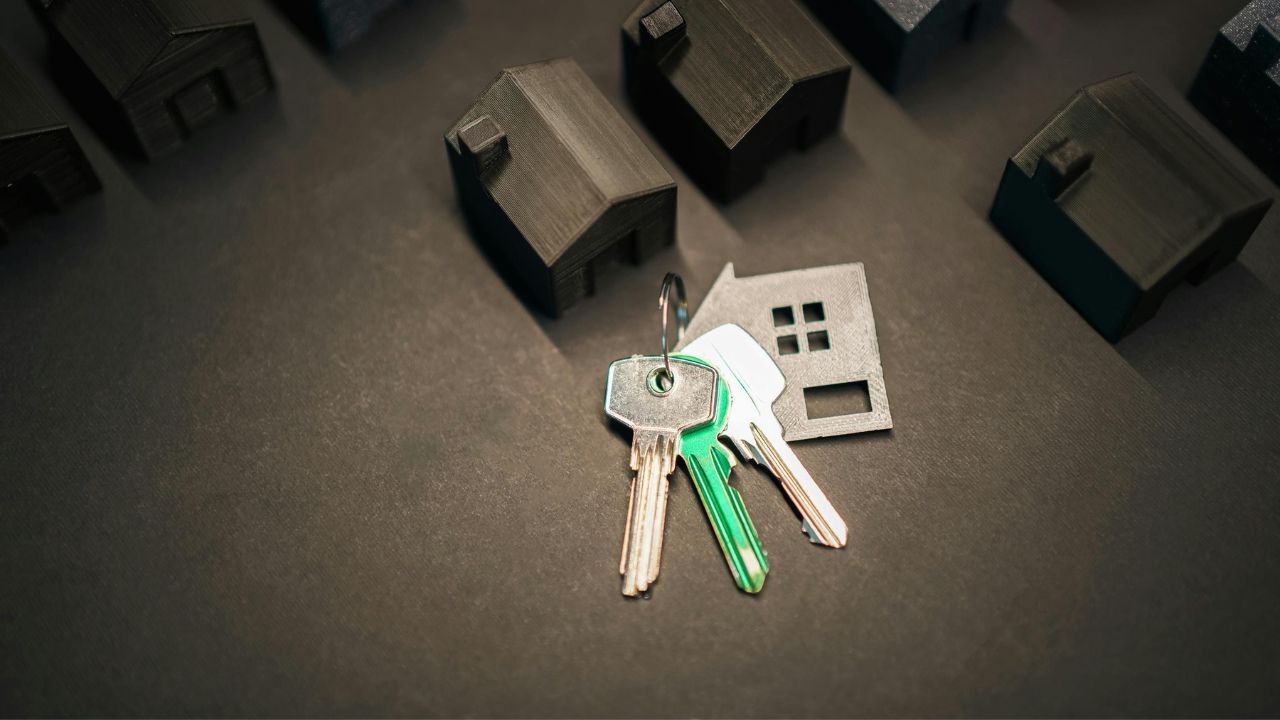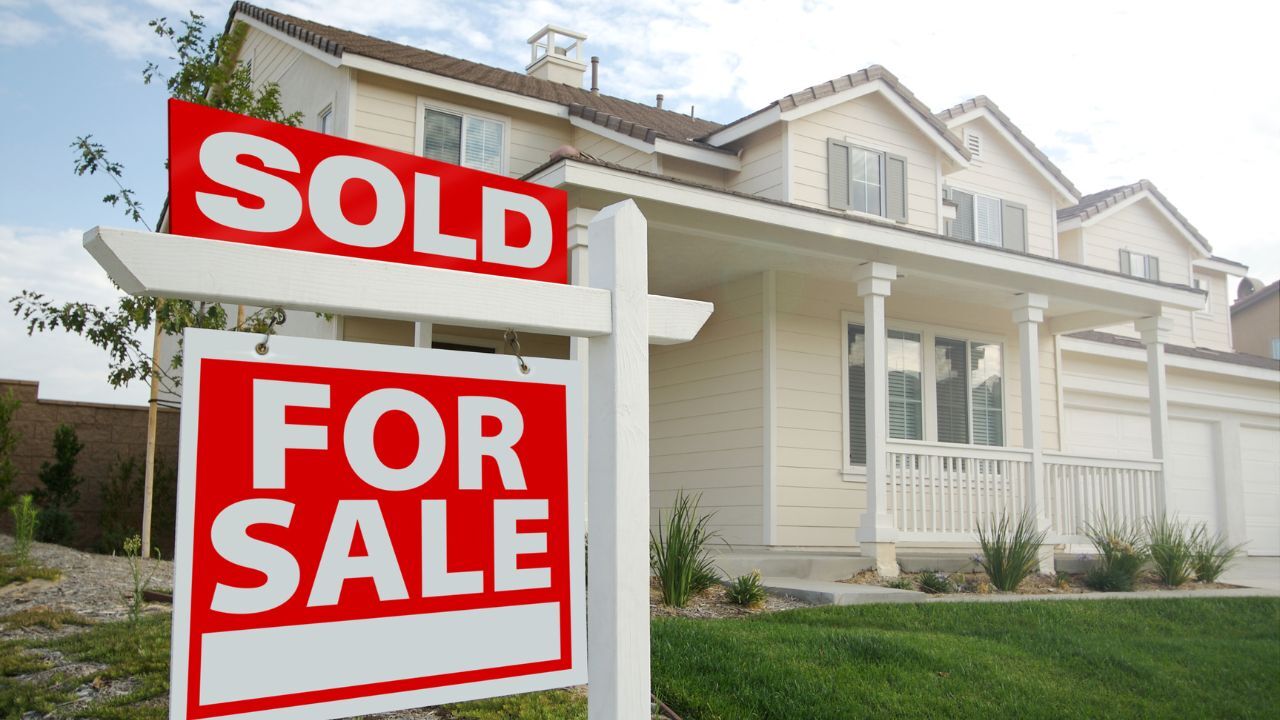 Selling your home is a major milestone, and preparation plays a key role in achieving a strong result. Buyers form opinions quickly, and thoughtful updates can influence both interest and offers. These steps help position your home to appeal to today’s buyers while maximizing value.
Selling your home is a major milestone, and preparation plays a key role in achieving a strong result. Buyers form opinions quickly, and thoughtful updates can influence both interest and offers. These steps help position your home to appeal to today’s buyers while maximizing value.
Partner With the Right Professionals
Working with an experienced real estate professional gives you a clear advantage. A knowledgeable agent can evaluate comparable homes, review recent sales, and help determine a competitive listing price. They also guide you on presentation, timing, and buyer expectations. It is also helpful to connect with a lending professional early to understand how your sale impacts your next purchase and financing options.
Study Current Market Conditions
Markets shift over time, even in familiar neighborhoods. Reviewing recent listings and sold properties provides insight into pricing trends, buyer demand, and average days on market. This information helps you prepare realistically and make confident decisions as you move forward.
Schedule a Pre-Listing Inspection
A pre-listing inspection can uncover potential concerns before buyers do. Addressing repairs in advance reduces the risk of delays or renegotiations later. It also shows buyers that the home has been well-maintained, which can increase confidence during the offer process.
Declutter and Depersonalize the Space
Buyers want to picture their own lives in the home. Removing personal photos, collections, and excess furniture helps create a clean, neutral environment. Clearing storage areas makes closets and cabinets appear more spacious. Short-term storage can be useful during this stage.
Deep Clean From Top to Bottom
A thorough cleaning makes a noticeable difference. Focus on baseboards, windows, flooring, fixtures, and high-traffic areas. Kitchens and bathrooms should feel spotless and fresh. Professional cleaning services can help ensure your home shows at its best.
Refresh With Neutral Paint
Fresh paint is one of the most cost-effective updates you can make. Light, neutral colors brighten rooms and appeal to a wider audience. A refreshed palette helps the home feel clean, move-in ready, and well cared for.
Boost Curb Appeal
First impressions begin outside. Trim landscaping, clean walkways, refresh exterior paint where needed, and create a welcoming entry. Small updates to lighting or the front door can significantly enhance how buyers perceive the home before stepping inside.
Preparing your home thoughtfully can lead to stronger interest, smoother negotiations, and a faster sale. If you are thinking about selling or planning your next move, we are happy to guide you through the process.
 Some homes make people feel comfortable the moment they walk through the door. Even without saying a word, space communicates warmth, calmness, and connection. There is real science behind this reaction and understanding it can help sellers create a more appealing experience for potential buyers.
Some homes make people feel comfortable the moment they walk through the door. Even without saying a word, space communicates warmth, calmness, and connection. There is real science behind this reaction and understanding it can help sellers create a more appealing experience for potential buyers. Selling a home that has limited storage space can feel challenging, but with the right strategy, you can highlight the home’s strengths and help buyers focus on possibility rather than limitations. With thoughtful preparation and clear presentation, even a small-space property can make a strong impression.
Selling a home that has limited storage space can feel challenging, but with the right strategy, you can highlight the home’s strengths and help buyers focus on possibility rather than limitations. With thoughtful preparation and clear presentation, even a small-space property can make a strong impression. Selling a home can feel emotional and overwhelming, especially when financial pressures make it difficult to keep up with payments. For some homeowners, a short sale becomes a realistic path toward a fresh start. If you are exploring this option, understanding how the process works can help you move forward with confidence.
Selling a home can feel emotional and overwhelming, especially when financial pressures make it difficult to keep up with payments. For some homeowners, a short sale becomes a realistic path toward a fresh start. If you are exploring this option, understanding how the process works can help you move forward with confidence. Selling your home can be both exciting and overwhelming. Between preparing for showings, reviewing offers, and planning a move, the process can feel like a full-time job. As real estate agents, we understand that homeowners often struggle to balance it all, especially when they are still living in the property. With the right strategies and mindset, it is possible to stay organized, reduce stress, and make the experience smoother from start to finish.
Selling your home can be both exciting and overwhelming. Between preparing for showings, reviewing offers, and planning a move, the process can feel like a full-time job. As real estate agents, we understand that homeowners often struggle to balance it all, especially when they are still living in the property. With the right strategies and mindset, it is possible to stay organized, reduce stress, and make the experience smoother from start to finish. Not all homes spend weeks on the market waiting for buyers. Some properties sell before they are listed on the Multiple Listing Service, also known as pocket or off-market sales. Understanding why this happens can help buyers and sellers navigate the real estate landscape more strategically and take advantage of opportunities that are not publicly advertised.
Not all homes spend weeks on the market waiting for buyers. Some properties sell before they are listed on the Multiple Listing Service, also known as pocket or off-market sales. Understanding why this happens can help buyers and sellers navigate the real estate landscape more strategically and take advantage of opportunities that are not publicly advertised. Selling a home in today’s market is about more than location and curb appeal. Smart home technology can significantly impact how quickly a property sells and at what price. Buyers increasingly value convenience, energy efficiency, and connectivity, making smart features a selling point that can set your home apart from others on the market.
Selling a home in today’s market is about more than location and curb appeal. Smart home technology can significantly impact how quickly a property sells and at what price. Buyers increasingly value convenience, energy efficiency, and connectivity, making smart features a selling point that can set your home apart from others on the market. When it comes to selling a home, many people assume that success depends on luck, timing, or even the perfect buyer stumbling across the listing. But the truth is, most successful sellers share one common strategy, and it has little to do with home staging, marketing, or even upgrades. The key? Getting the price right from the very beginning.
When it comes to selling a home, many people assume that success depends on luck, timing, or even the perfect buyer stumbling across the listing. But the truth is, most successful sellers share one common strategy, and it has little to do with home staging, marketing, or even upgrades. The key? Getting the price right from the very beginning. Selling a home as-is can be a practical option for homeowners who want to avoid making repairs before listing. However, understanding what it means to sell as-is, and how it affects the process, is essential for a smooth transaction. This approach can attract certain buyers, but it also requires clear communication and realistic expectations.
Selling a home as-is can be a practical option for homeowners who want to avoid making repairs before listing. However, understanding what it means to sell as-is, and how it affects the process, is essential for a smooth transaction. This approach can attract certain buyers, but it also requires clear communication and realistic expectations. Selling a home can be a significant undertaking, especially when considering the time, effort, and money often required to prepare a property for the market. However, not every home requires major renovations to attract buyers. In many cases, sellers can list and successfully sell a property by focusing on strategic improvements and presenting the home in the best possible condition. If you are hoping to sell your home with minimal repairs, the following tips can help you do so effectively.
Selling a home can be a significant undertaking, especially when considering the time, effort, and money often required to prepare a property for the market. However, not every home requires major renovations to attract buyers. In many cases, sellers can list and successfully sell a property by focusing on strategic improvements and presenting the home in the best possible condition. If you are hoping to sell your home with minimal repairs, the following tips can help you do so effectively.